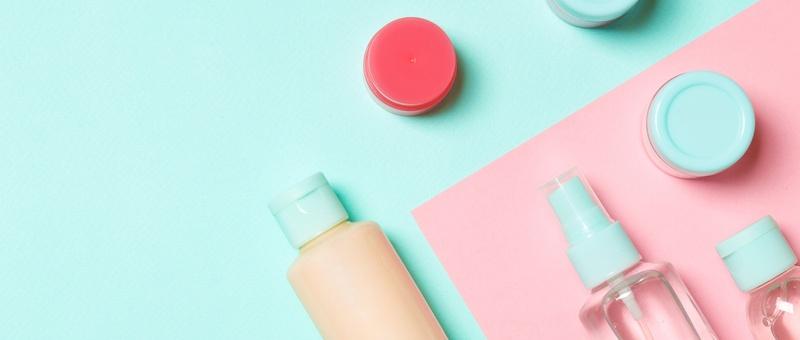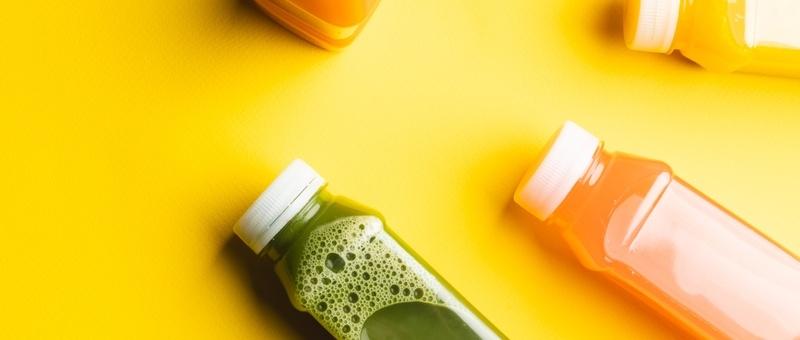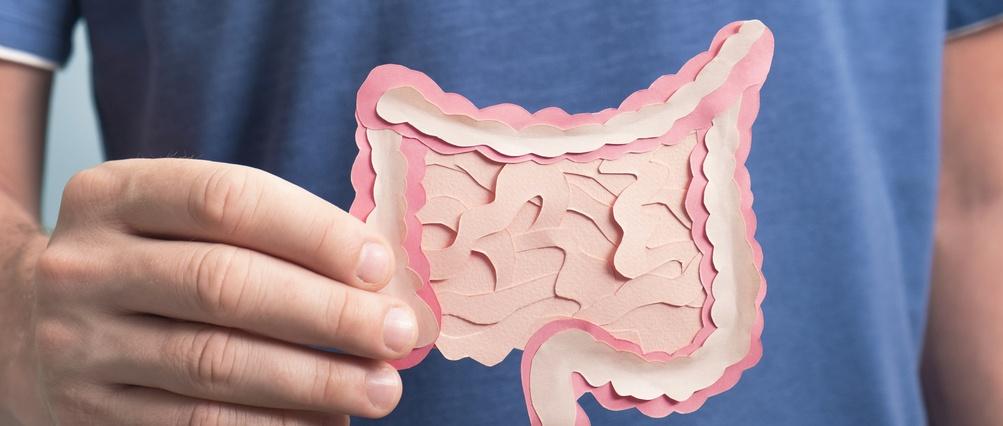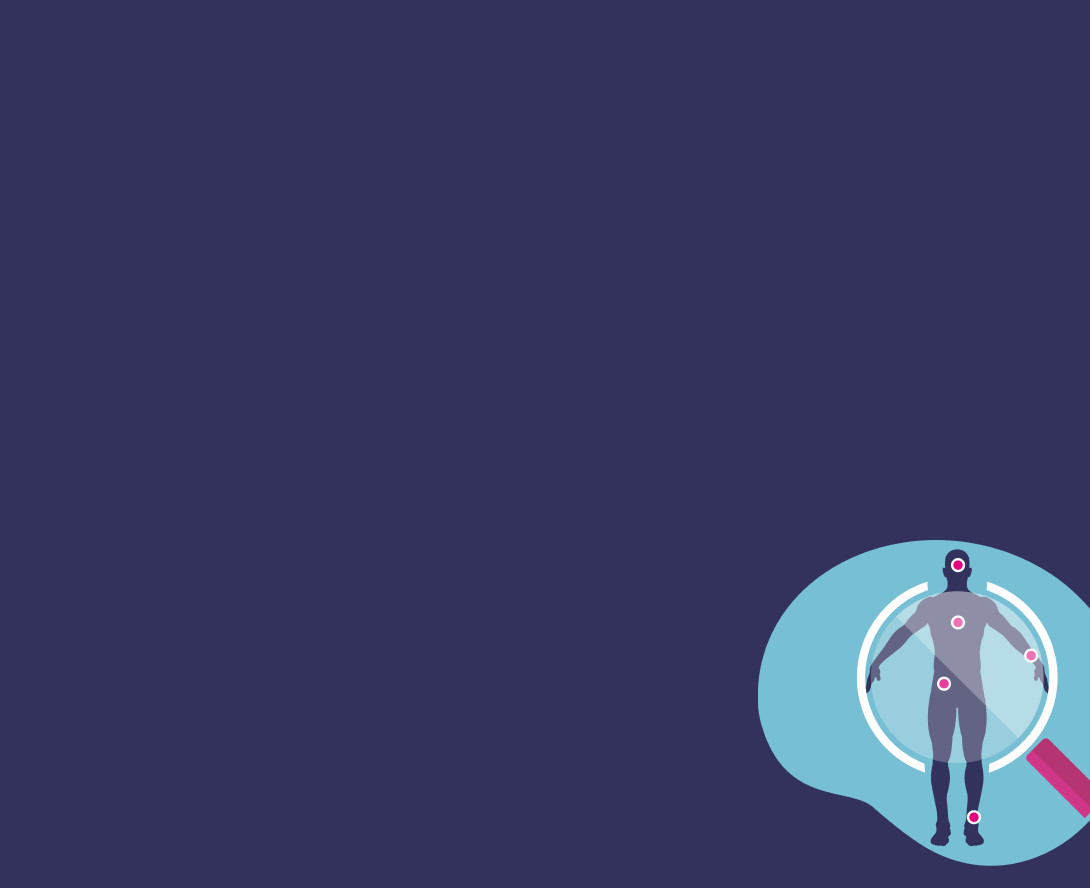
What are EDCs and why should you worry about them?
Peer reviewed by Dr Colin Tidy, MRCGPAuthored by Victoria RawOriginally published 10 Aug 2025
- DownloadDownload
- Share
If you've never heard of EDCs, you're not on your own - they're rarely talked about and don't often make the news. But it's time to start paying attention, because they're all around you, in places you'd never expect. What may surprise you even more is how harmful they can be to your hormone health.
In this article:
Continue reading below
What are endocrine disruptors (EDCs)?
The endocrine system is a network of glands that produce many of your body's most important hormones.
Endocrine disruptors (EDCs) are chemicals that interfere with these hormones - produced by the endocrine system. They can imitate these natural hormones, block their normal function, or even inhibit their production altogether.
EDCs can be both natural and manmade, and are commonly found in everyday products. Because they may disrupt your hormone function, their widespread presence is a growing concern.
Why are EDCs dangerous?
Your body needs the hormones produced by the endocrine system to help it function at its best.
10 key functions these hormones help regulate
Blood sugar levels - keeping your glucose in balance.
Energy levels - managing how energised or tired you feel.
Metabolism - controlling how your body uses and stores energy.
Body temperature - helping maintain a stable internal temperature.
Inflammation - regulating immune responses and reducing excess inflammation.
Stress response - managing how your body reacts to stress.
Growth and development - supporting proper growth throughout life.
Tissue, muscle, and bone repair - maintaining and healing body structures.
Fluid and hydration balance - regulating water levels in your body.
Reproductive health - supporting sexual function and fertility.
Calcium regulation - ensuring healthy levels for nerve, muscle, and bone function.
When you think about how important these hormones are for our health, it's concerning that EDCs are so common - especially given their potential to cause serious harm.
Shubhi Sharma, Scientific Research Assistant, CHEM Trust

Shubhi Sharma is a scientific research assistant at CHEM Trust, UK - a charity that aims to prevent hazardous synthetic chemicals from causing long-term damage to people and wildlife.
Sharma says that EDCs affect hormones, impacting the health and development of both humans, animals, and other natural organisms.
"They can do this in a number of ways," she explains. "Some change the amount of hormones in your blood, others change your sensitivity to hormones. Other EDCs block hormones from doing their job, and others even mimic your body’s natural hormones."
According to the Endocrine Society, even tiny amounts of an EDC can trigger significant biological responses.
Sharma says: "The World Health Organization (WHO) and United Nations Environment Programme (UNEP) recommended reducing exposure to EDCs over a decade ago in 2012. Exposure to EDCs has been linked to a large range of health impacts."
Sharma warns that these include:
Reproductive diseases.
Early puberty.
Diabetes.
Certain hormonal cancers - such as breast, testicular and prostate cancers.
She adds: "There are even concerns that the brain’s development and function could be affected."
Health effects of EDC exposure in early childhood
Sharma highlights that babies and young children are particularly vulnerable to EDCs because their bodies are still developing.
She says: "A primary concern with harmful chemicals and babies is the impact on their brain development. A child’s brain only gets one chance to develop, so an early impact can cause problems for the rest of someone’s life.
"Chemicals can also pass into the placenta and can disrupt foetal development, and potentially contribute to diseases later in life."
Continue reading below
Common everyday sources of EDCs
Research has identified both confirmed and suspected endocrine disrupting chemicals (EDCs) in many everyday products that we use regularly.
Sharma explains that EDCs may be found in:
Cosmetics.
Toiletries.
Clothing.
Furniture.
Children's toys.
Food packaging.
"People may be surprised to learn that harmful chemicals can also build up in household dust," she adds. "In addition, fragrances used in toiletries and cosmetics can contain harmful chemicals, and manufacturers are not required to list all chemicals in the fragrances.
"So you might see that a shampoo contains a ‘fragrance’, but the individual chemicals in this fragrance might not be listed, and could include harmful chemicals."
Sharma warns that in recent years, it has become a trend to add fragrance chemicals to many other types of consumer products - such as candles, children’s toys, toilet paper and nappies.
What are EDCs and why should you worry about them?
How to reduce your EDC exposure
The best thing you can do to reduce your exposure to EDCs is to be mindful of what you buy and the products you use daily. Of course, given how widespread EDCs are, that’s easier said than done. Fortunately, Sharma has a list of practical, preventative tips to help you lower your exposure.
Sharma's tips for food packaging
To reduce your exposure to harmful chemicals in food-contact materials, you should try and avoid buying packaged food were possible.
"Choose fresh ingredients such as loose fruit and vegetables," Sharma advises. "You can also get foods - such as pulses, pasta, rice, beans and nuts - from bulk stores where you can refill your own containers."
She also recommends you steer clear of fast-food packaging, as it can be a source of harmful chemicals. Additionally, processed foods themselves may become contaminated during the production process.
Sharma advises you store your food in glass containers or jars, as harmful chemicals in plastic packaging and containers can leach into your food or drink.
"Similarly, instead of plastic drinks bottles, opt for reusable bottles made of stainless steel," she says.
Microwaving your food in plastic packaging will also contaminate it - particularly at the higher temperatures involved in microwave heating.
Sharma says: "Just because something is labelled ‘microwave safe’ doesn’t mean it’s free from harmful chemicals.
"If you are buying food in plastic packaging, transfer it into heat-resistant glass or ceramic containers. Alternatively, skip the microwave and use a pan on the hob instead."
When buying pans, choose PFAS-free or stainless steel. If you're using a non-stick pan, be careful not to scratch or burn the surface.
Sharma's tips for toiletries
When buying toiletries and fragrances, make sure you read the product labels carefully, and put back those containing certain chemicals.
Sharma notes the key ingredients to watch for:
Parabens and PFAS - sometimes written as PTFE or 'flouro-'
Fragrances described as 'perfume' or 'parfum' - opt for fragrance-free products wherever possible.
"On the topic of labels, look out for products with ecolabels - such as the EU ecolabel," she says. "These have stricter rules about what ingredients are allowed in them."
Sharma adds that when buying menstrual products, choose organic cotton tampons and pads. Similarly, opt for those with an ecolabel that don't contain fragrances.
Sharma's tips for children's toys
Children’s toys can also contain EDCs, which is especially concerning due to their potential impact on a child’s development.
"Buy toys from reputable retailers and look for the CE or UKCA mark," says Sharma. "Avoid toys that smell strongly of chemicals or are heavily scented.
"You should also refrain from buying soft plastic toys that might contain phthalates. If a toy is painted or treated with varnish or other coatings, make sure it's non-toxic, free from lead, and meant for children."
Sharma's tips for cleaning products
Using fewer and smaller amounts of certain cleaning products can reduce your exposure to harmful chemicals.
Sharma advises you skip on air fresheners, as they can contain harmful chemicals. Instead, try opening windows regularly to improve ventilation throughout your home.
"When purchasing cleaning products, choose those with an ecolabel - such as the EU Ecolabel," she says.
She adds that harmful chemicals can build up in household dust - so aim to hoover regularly and open windows for fresh air.
Continue reading below
How to practice safer shopping
CHEM Trust believes that people should not have to make changes to avoid harmful chemicals.
Sharma explains that stronger regulations should be put in place to prevent harmful chemicals from being in products in the first place. However, in the meantime, you can adopt tips such as the above to help lower your chance of exposure.
Although there aren’t any labels or certifications that specifically show a product is free from endocrine-disrupting chemicals, you can choose certain products over others.
Sharma advises: "Look for products with eco-labels. Examples are the EU Ecolabel, the Nordic Swan, and the Blue Swan.
"In addition, the EU has the strongest chemical regulations globally, so try to purchase products that are manufactured in the EU."
Patient picks for Environmental conditions

General health and lifestyle
Why you don't need to detox
Detox diets and cleanses, which are often celebrity endorsed, promise a significant weight loss in a short space of time. But is this quick fix better than going to a gym and putting in the hard work?
by Victoria Raw

General health and lifestyle
What is your gut microbiome?
Let’s talk about something small that has a big impact on your health - the gut microbiome. This hidden universe of microbes plays an important role in your wellbeing. How you treat these tiny residents can make a world of difference to how you feel.
by Victoria Raw
Article history
The information on this page is peer reviewed by qualified clinicians.
Next review due: 10 Aug 2028
10 Aug 2025 | Originally published
Authored by:
Victoria RawPeer reviewed by
Dr Colin Tidy, MRCGP

Ask, share, connect.
Browse discussions, ask questions, and share experiences across hundreds of health topics.

Feeling unwell?
Assess your symptoms online for free